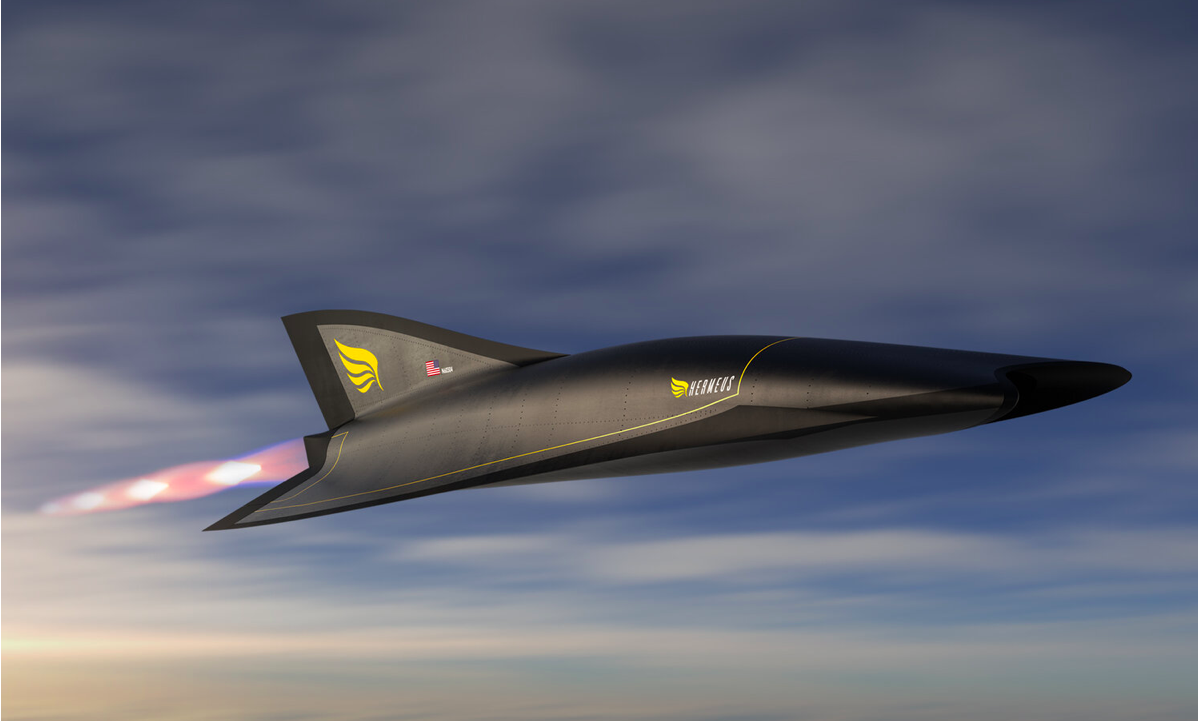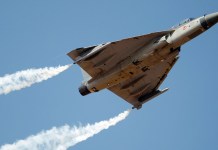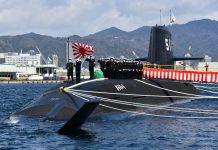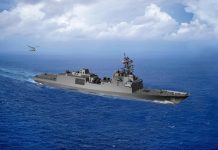At a time when the global aviation industry is coping with the pandemic-induced losses, US aerospace firms are in a race to develop second-generation supersonic, and probably hypersonic commercial planes.
Powered By ‘On The Fly’ Algo, China Says Its AI-Controlled Hypersonic Missiles Can Hit Targets With 10 Times More Accuracy
This revolution in civil aviation comes nearly two decades after the shutting down of the Concorde supersonic airliner.
The EurAsian Times had previously reported on this competition to develop supersonic flights. Now, another contender joins this race with a promise to provide a plane that would fly at speeds as high as Mach 5 or five times the speed of sound.
Flying at such extremely high speeds could drastically reduce the flight duration. Once in operation, the flight time between London and New York, for instance, will take only an hour and thirty minutes — half the time its supersonic predecessor Concorde took.
This is a major time difference as compared to regular passenger flights that take anywhere between six and seven hours.
Supersonic & Hypersonic Flights
A supersonic flight can be defined as an aircraft flying faster than the speed of sound. International conventions have existed to prevent supersonic commercial flights as the sonic boom produced as a result of the aircraft breaking the sound barrier could be loud and startling and may even cause minor damage to structures like houses and buildings.
Such conventions mandate that supersonic aircraft are required to lower their speeds until they fly over water bodies. Fuel consumption is another major factor affecting the feasibility of supersonic flight. The reason for this is that cruising at higher speeds requires more fuel, which affects the economic viability of such operations.

Popular Mechanics describes hypersonic speed as “supersonic on steroids”. But while ‘supersonic’ has the clear-cut definition of being faster than the speed of sound (Mach 1), hypersonic is a little fuzzier.
Generally, hypersonic speeds are the point at which the molecules of air that surround the aircraft start to change by breaking apart (dissociation) and/or picking up electrical charge (ionization).
US, Indian Army Train For Mountain Warfare, Cold-Weather Survival Amid Chinese Hostilities Along The LAC
These things don’t happen at one particular speed, so the term ‘hypersonic’ instead refers to the point at which they start to meaningfully affect the mechanics of flight—generally accepted to be Mach 5, or 3,836.35 mph in conditions of 20 degrees Celsius at sea level.
Hypersonic speeds have been achieved before, most notably by the US Air Force and NASA. Test pilot William J. Knight set the record for fastest crewed flight in 1967 when he flew the North American X-15 at Mach 6.72 at an altitude of 102,100 feet. In 2004, the uncrewed NASA X-43A set a speed record at Mach 9.6, or 7,310 mph at an altitude of about 110,000 feet.
The Latest Offering
The latest offering comes in the shape of Hermeus, a brainchild of an Atlanta-based startup. The company is of the opinion that it can get it to cruise at speeds as high as 5 Mach. The present engine at the company’s disposal is designed to propel smaller pilotless hypersonic planes which the company is developing for the USAF.
The company believes that if scaled to a larger size, the engine would be capable of powering a commercial aircraft. However, despite the company’s confidence in its ambitious project, a truly operational commercial airliner is still a distant dream and may only begin test flights by 2029.
The technology will need to be built from scratch, with the company still chalking out the details.

It is believed that Hermeus would carry 20 passengers, a far less capacity than regular passenger planes and even the Concorde, which could accommodate a hundred passengers. This venture is likely to be geared towards business class passengers who may like to pay a premium to save their travel time.
AJ Piplica, Chief Executive Officer (CEO) of Hermeus, told CNN that the company is looking to cater to business class and first-class travelers. He added that the company experimented with the parameters such as speed and cost of operations.
According to reports, Hermeus is using General Electric J85 turbojet engines as a testbed for its hypersonic engine design.
From Concorde To Hermeus
The Concorde had a speed of Mach 2.04. Hermeus, if successfully meets the company’s claims, would beat this feat by a wide margin. In fact, it is not just civilian aircraft that the plane would beat in terms of speed, but top-of-the-line fighter jets as well.
Popular military fighter platforms operationally cruise at far lower speeds than what Hermeus intends to achieve.

For instance, both the MiG-31E Fighter and MiG-25 Foxbat boast Mach 2.83 speeds. The F-15E Strike Eagle can cruise at Mach 2.5; the Su-27SK can operate at Mach 2.35 speeds. The Shenyang J-11 Fighter and MiG-23 Flogger fly at Mach 2.35 speeds.
![An F-22 Raptor making a low pass on full afterburner at Oshkosh 2019 [3865x2575]: WarplanePorn](https://i.redd.it/x0vjda6tk7f51.jpg)
Similarly, the Tornado ADV flies at Mach 2.27; both the MiG-35 Fulcrum-F and the Su-35 Flanker-E cruises at Mach 2.25; the F-22 Raptor can exceed Mach 2.
Two other major contenders in the new-age civil aviation race are the NASA-Lockheed Martin X-95 QueSST, which should be operational by 2025, and Overture, being developed by the Denver-based aviation firm, Boom.
Overhyped! Why China’s ‘Much Touted’ J-20 Jets, Despite New Engine & BVR Missile, Cannot End F-35’s Dominance?
Overture is expected to cruise at around 1.7 Mach, which is far less than its Concorde predecessor and military fighter jets. It is to be inducted by United Airlines and be operational around the same time as Hermeus in 2029.
- Aritra Banerjee is a defense journalist who has worked in both online and print media. He has laid an emphasis on issues related to military human resources, tactical psychology, military-media relations, professional military education, and combat fitness. He can be reached on email: aritrareporter@gmail.com.
- Follow EurAsian Times on Google News




